1886 ~ 1934
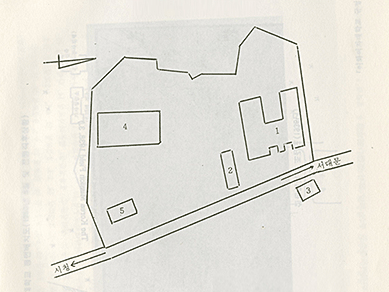
In 1886, an American missionary, Mary F. Scranton, opened the first modern school for women. The first building of the school, a Korean-style house measuring 600㎡ with a tile roof, was built in Jeong-dong. As the number of students increased, work began to demolish the existing building in 1897 and replace it with a two-story western style building. In 1915, Simpson Hall was completed, and Frey Hall was constructed in 1923. Frey Hall exclusively housed the College, including a dormitory, classrooms, and a library, equipped with modern facilities including electricity, plumbing and heating.
In 1918, after deciding on the site for the new campus, the school had difficulty securing funding for the purchase of the land. It was only in 1924 when an American benefactor named Almena Studley Gray offered a donation that Ewha was able to begin plans for construction.
1935 ~ 1949
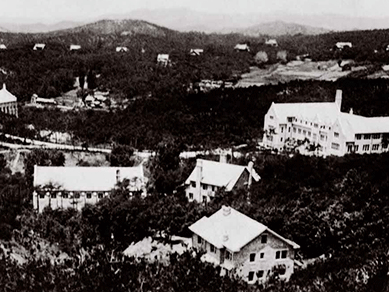
In 1935 Ewha moved to its current campus in Sinchon. The grand project of building the new campus in Sinchon was finalized, with the construction of seven buildings completed between 1935 and 1936. Construction began with Pfeiffer Hall, followed by six buildings including Case Hall, Emerson Chapel, and the Thomas Gymnasium. Construction continued until May 31, 1936, when dedication ceremonies were held for Clara Hall, Yeonghak-gwan, Jinseonmi-gwan, and the original Home Management House, which was lost in a fire in 1950. Boasting white granite buildings amidst lush woods, the Sinchon campus was said to resemble a palace in a fairytale.
1950 ~ 1953
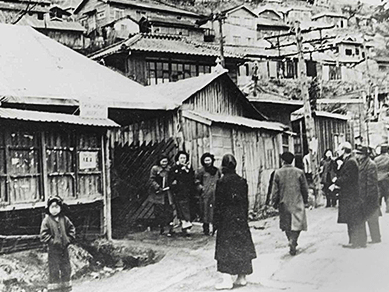
In 1950, when the Korean War broke out, Ewha took refuge in Busan and opened the wartime evacuee campus in 1951. Ewha’s wartime evacuee campus covered an area of 6,600㎡ with 30 buildings.
1953 ~ 1959
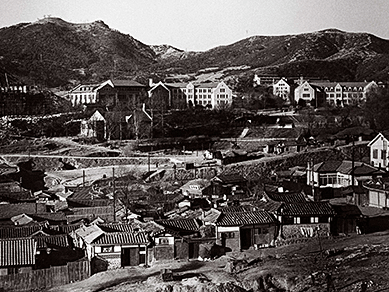
The 1950s was a period dedicated to rebuilding the campus after the Korean War as Ewha returned to Sinchon from its wartime evacuee campus in Busan. Major buildings of the time included the Welch-Ryang Auditorium, the Pharmaceutical Science Building A (Appenzeller Hall), which was designed as a twin to Pfeiffer Hall, and Helen Hall, the first library on the Ewha Campus.
1960 ~ 1979
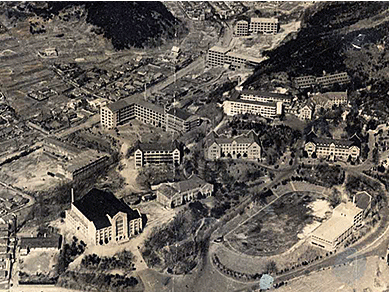
By the 1960s, Ewha had experienced remarkable growth with a sharp rise in the number of majors and students. To match this growth, the campus saw the construction of many buildings with higher student capacity, including Hak-gwan, the Student Union, and Billingsley Hall (a new dormitory).
1980 ~ 1999
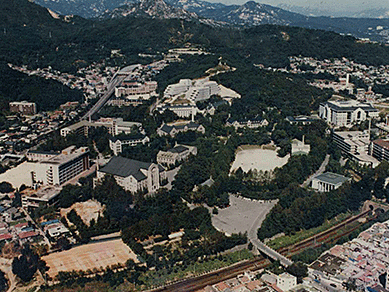
With the establishment of new buildings in commemoration of the 100th anniversary of its foundation, Ewha truly became one of the world’s largest women’s universities. During this time, construction continued non-stop on the campus, bringing big improvements to Ewha’s Educational infrastructure. The new buildings included the Music Building, Admission Hall, the Science Building, the Law Building and the Ewha Centennial Library. In the 1990s, construction of the Natural History Museum, the Asan Engineering Building, the Ewha-Samsung Education Culture Building, the Ewha-SK Telecom Center, and Hanwoori House, which was the undergraduate student dormitory, was completed.
2000 ~ Present
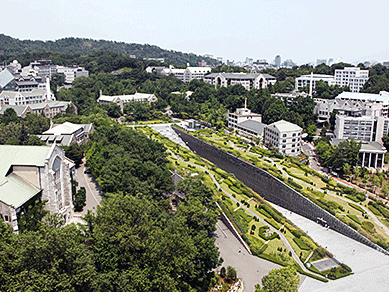
In the 2000s, Ewha implemented various changes to become a global hub for women’s education with the capacity to serve as a bridge between the East and the West. The landscape of the campus was also transformed dramatically with the construction of new buildings, including the International Education Building, the Ewha Womans University Church, the Ewha-Posco Building, the Ewha-Shinsegae Building, and Education Building B. In 2006, Ewha Archives, which was designed as a replica of the traditional hanok house where Ewha Haktang first opened in 1886, was constructed to commemorate Ewha’s 120th anniversary. In 2008, the construction of the Ewha Campus Complex (ECC) was completed. The ECC became a setting where students could learn as a community by connecting learning, life and culture, and it enhanced the campus experience for Ewha’s students significantly by functioning as a future-oriented educational facility that adds a global competitive edge. Through the decade campus growth has continued with the New Engineering Building, the University-Industry Cooperation Building (2014), E-House (2016), and the Research Cooperation Building (2019).

